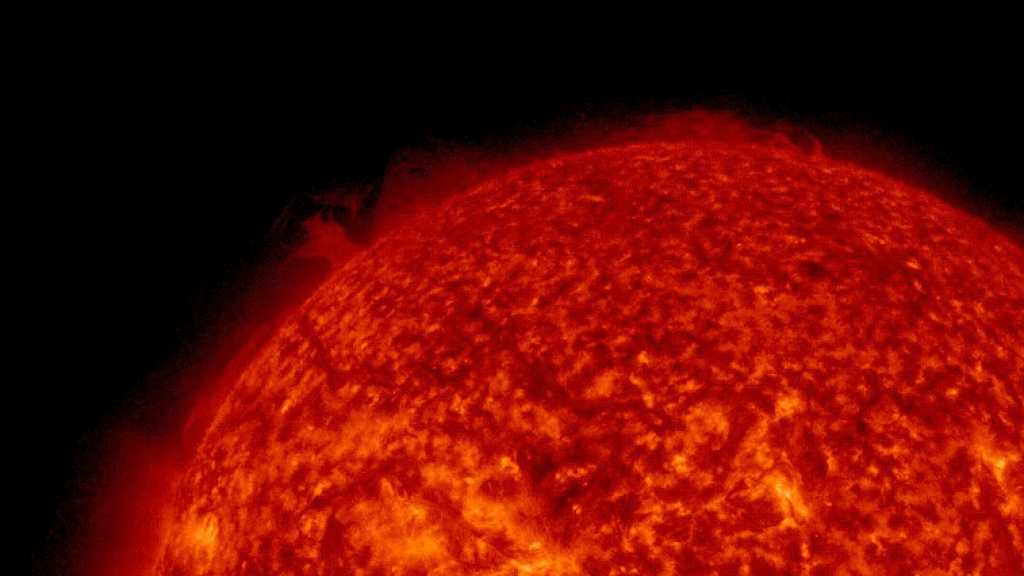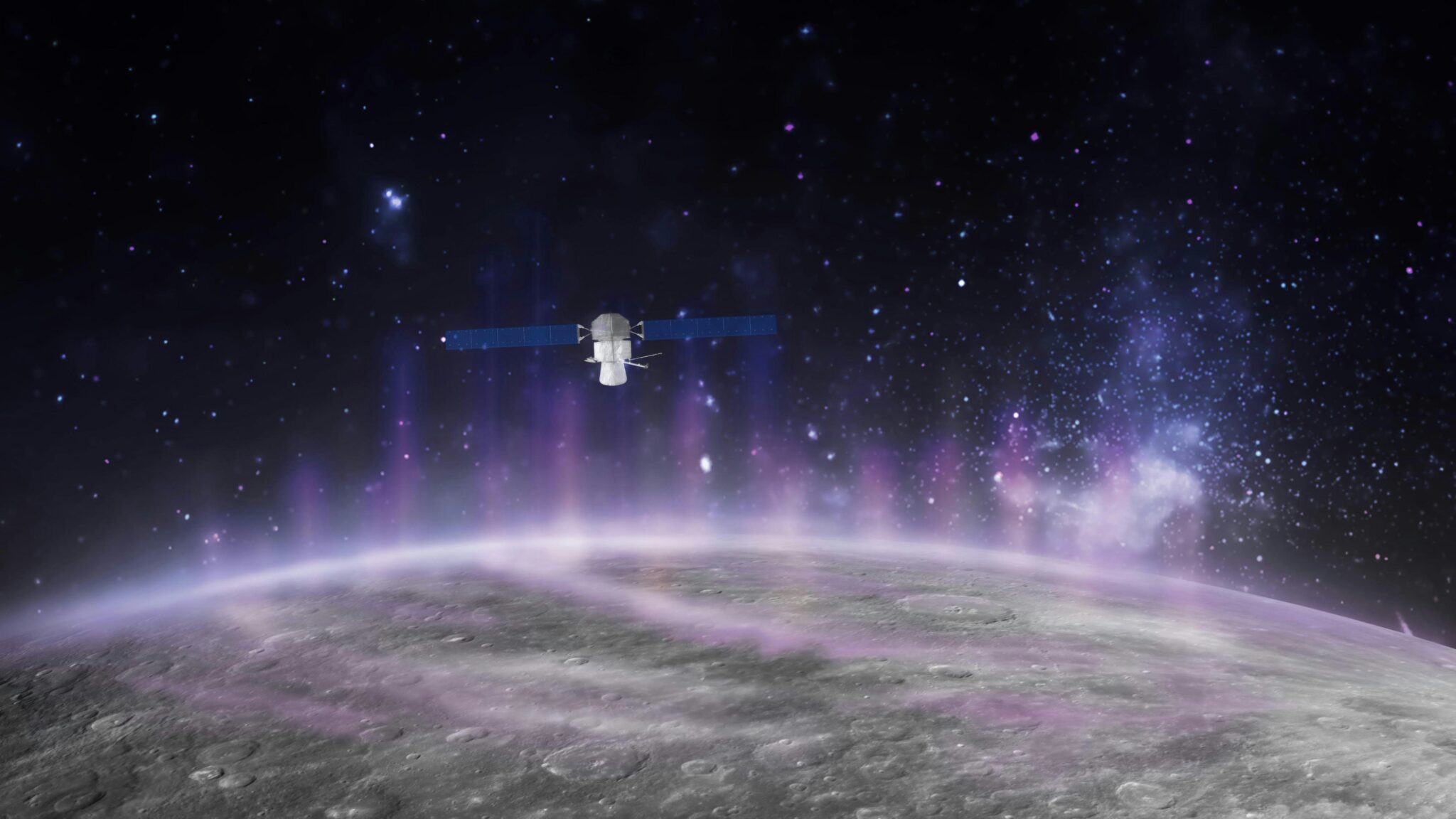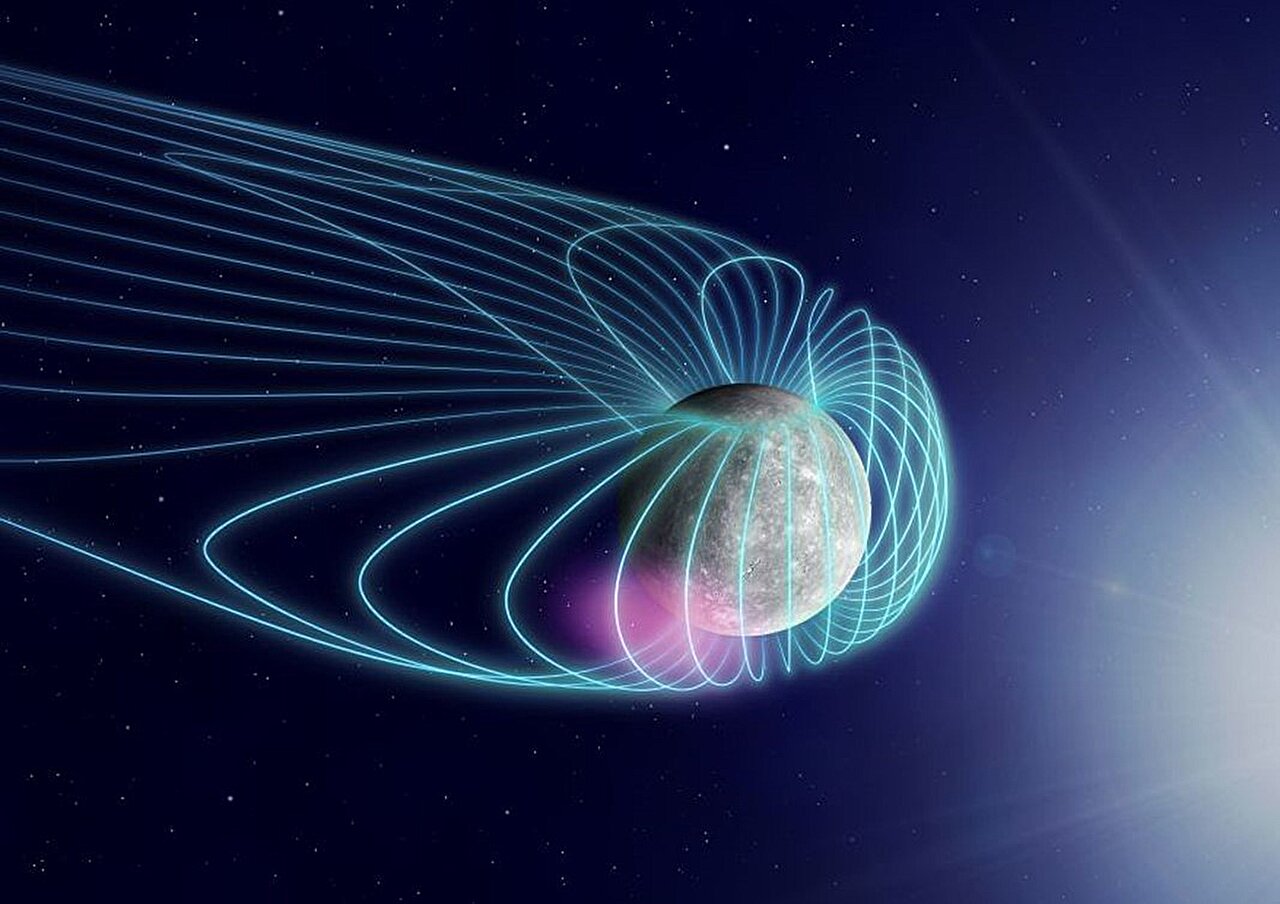On the other side of the Sun, a colossal eruption has recently occurred, 40 times larger than Earth. This astronomical phenomenon released a huge plasma cloud into space, in the way of which Mercury appeared. As a result of the powerful solar wind, “X-ray auroras” were formed on the rocky planet.

A powerful solar flare occurred on March 9. It was observed by NASA’s Solar Dynamics Observatory (SDO). The flare created an explosive eruption and a partially hidden plasma vortex that stretched for an impressive 500 thousand kilometers. The SDO data showed not only the formation of a “canyon of fire” on the surface of the Sun, but also the ejection of a significant coronal mass. This cloud consists of magnetized plasma that collided with Mercury on March 10, attacking a small rocky planet that, due to its proximity to the Sun, regularly encounters such emissions. Because of this neighborhood, the planet is devoid of an atmosphere, and its red-hot surface reminds of dangerous solar phenomena.
When the electrons from the ejection hit the unprotected surface of Mercury, they experience rapid deceleration, which leads to the release of energy in the form of X-rays. This unique process leads to the formation of the aurora boreal, which can be observed in X-rays, explains Live Science.

This eruption is the latest evidence that the Sun is now reaching the peak of its 11-year cycle, known as the solar maximum. It has probably started earlier than expected. During the solar maximum, solar flares and storms intensify due to the weakening and finally inversion of the Sun’s magnetic field.
An alarming aspect of the solar maximum is the problem of monitoring the far side of the Sun, where giant sunspots can cause unexpected solar storms. An example of such unpredictability is the recent unexpected strike on Mercury. Because these sunspots can rotate towards Earth, our planet remains vulnerable to flares and coronal plasma ejections. This was demonstrated in January 2023, when an invisible sunspot released an X-class flare, narrowly missing the Earth.

NASA’s secret “weapon” in countering these invisible threats is the Perseverance rover. This device allows us to see the reverse side of the Sun from time to time, providing scientists with valuable information. But only when the Earth and Mars align on opposite sides of the Sun — this is also called a solar conjunction.
Earlier, we reported on how a super-powerful eruption on the Sun was noticed even on Mars.
Follow us on Twitter to get the most interesting space news in time
https://twitter.comne/ust_magazine


